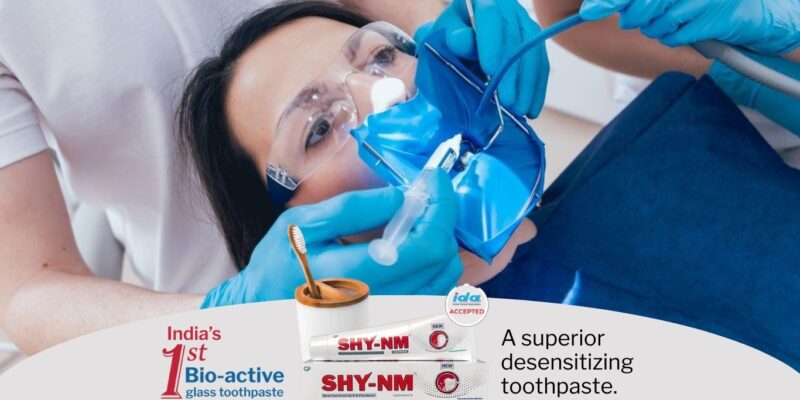Endodontic treatment, commonly known as root canal therapy, is a procedure aimed at treating infections within the tooth’s pulp. One critical component of this procedure is the irrigation solution used to disinfect the root canal system. Sodium hypochlorite (NaOCl) is widely used due to its potent antimicrobial properties. However, its concentration can significantly impact patient outcomes, particularly postoperative pain. This study investigates whether using 8.25% NaOCl compared to 2.5% NaOCl results in higher postoperative pain.
Study Design and Methodology
A total of 154 patients undergoing single-visit endodontic treatment were randomly assigned into two groups: one receiving 8.25% NaOCl and the other 2.5% NaOCl as the irrigation solution. The primary goal was to assess postoperative pain over a period of 30 days using a numeric rating scale.
Data Collection Techniques
Postoperative pain was meticulously recorded at various intervals post-treatment: immediately after, at 12 hours, and then daily for up to three days, with subsequent check-ins over the next month. Additionally, the need for analgesics was documented and compared between both groups using statistical methods.
Statistical Analysis
To analyze pain scores over time, multilevel mixed-effects negative binomial regression was employed. This sophisticated method allowed for an in-depth exploration of how pain evolved across different time points and between groups. The Mann-Whitney U test was utilized to compare analgesic consumption between patients treated with different concentrations of NaOCl.
Key Findings
The results revealed that patients treated with 8.25% NaOCl experienced significantly higher levels of postoperative pain compared to those treated with 2.5% NaOCl.
Pain Intensity Over Time
The use of 8.25% NaOCl increased overall postoperative pain scores by a factor of 3.48 times (IRR: 3.48; CI: 1.57 – 7.67). Notably, during the initial period from 12 hours to three days post-treatment, patients in this group reported markedly higher pain levels—ranging from an IRR of 2.21 (CI: 1.35 – 3.62) at early stages up to an IRR of 10.74 (CI: 3.74 – 30.87).
Analgesic Consumption
Interestingly, despite significant differences in reported pain levels, there was no statistically significant difference in the number of analgesic capsules consumed between both groups.
Clinical Implications
The findings have profound implications for clinical practice:
- Pain Management: Clinicians should be cautious when opting for higher concentrations (8.25%) of NaOCl due to their potential to substantially increase postoperative discomfort.
- Patient Communication: It becomes imperative for dental professionals to inform patients about the possible heightened discomfort associated with stronger solutions and discuss adequate pain management strategies.
- Procedure Protocols: Considering these results could lead practitioners to prefer lower concentrations or seek alternative solutions that balance efficacy and patient comfort effectively.
Conclusion
This study conclusively demonstrates that using a higher concentration (8.25%) of sodium hypochlorite solution during endodontic treatments leads to significantly greater postoperative pain than a lower concentration (2.5%). Despite no observed difference in analgesic usage between groups, clinicians should weigh these findings carefully when selecting irrigation solutions for root canal procedures.
By understanding these dynamics better, dental professionals can improve patient outcomes through informed decision-making regarding endodontic treatment protocols.
This clinical trial has been registered at the Brazilian Registry of Clinical Trials database under RBR-6vq3hc4.




















Comments